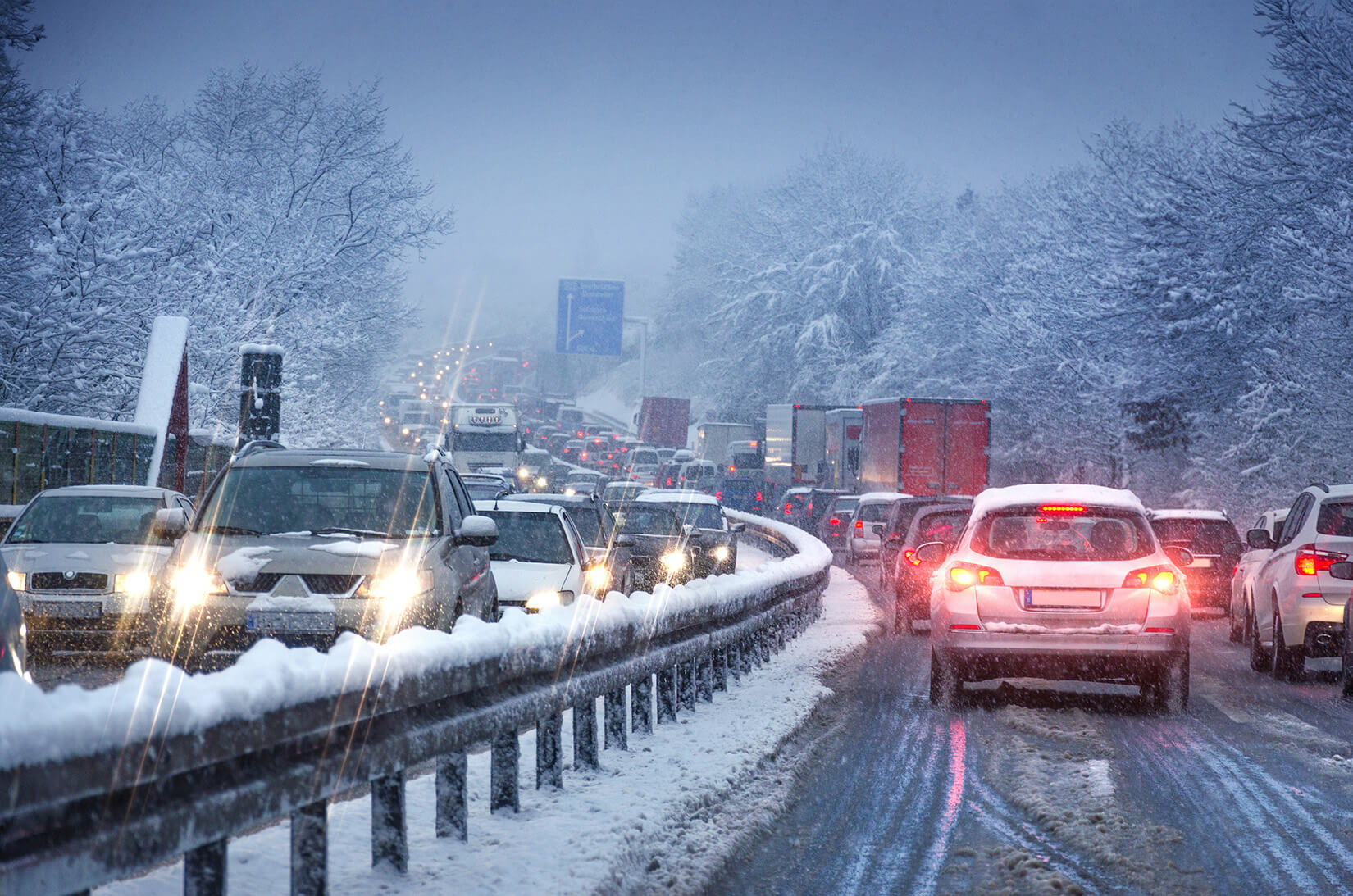The impact of Colorado’s winter weather on traffic laws and enforcement is a multifaceted topic that delves into how extreme weather conditions influence driving regulations and the enforcement of these laws. This blog will explore the various aspects of this subject, providing insights into how both drivers and law enforcement agencies adapt to the challenges posed by Colorado’s harsh winter climate.
Table of Contents
Understanding Colorado’s Winter Climate
Colorado’s winter weather is characterized by heavy snowfall, icy roads, and often unpredictable conditions. The state experiences significant snowfall, particularly in the mountainous regions, which can lead to hazardous driving conditions. These conditions not only challenge drivers but also impose a need for stringent traffic laws and proactive enforcement to ensure road safety.
Traffic Laws Tailored for Winter Conditions
In response to these demanding winter conditions, Colorado has implemented specific traffic laws aimed at enhancing road safety. Key among these are the winter tire requirements and the traction law. During winter months, vehicles must have snow tires, tires with the mud/snow designation, or a four-wheel/all-wheel drive. The traction law, which may be activated during severe winter storms, requires all vehicles to have either snow tires, chains, or alternative traction devices.
Another crucial regulation is the ”Move Over” law. This law requires drivers to move over a lane or slow down when approaching emergency or maintenance vehicles, including snow plows, on the road. This law is particularly important during the winter months when these vehicles are frequently present on highways.
Enforcement Challenges and Strategies
Enforcing traffic laws in winter conditions presents unique challenges. Visibility is often poor, and road conditions can be dangerous for both drivers and law enforcement officers. In response, law enforcement agencies adopt different strategies. There’s an increased focus on patrolling major highways and responding to incidents where drivers are not compliant with winter driving laws.
Technology also plays a crucial role. For instance, automated cameras and drones may be used to monitor road conditions and traffic compliance, reducing the need for officers to be physically present on treacherous roads.
In severe weather, checkpoints may be set up to ensure compliance with chain and traction laws. These are especially common in mountain passes and other high-risk areas that are high-traffic and easily controlled. However, this does come at a cost to enforcement in remote or rural areas of Colorado, which presents additional challenges due to the sparse population and limited resources. Here, the emphasis is often on self-compliance and community awareness.
Public Awareness and Education
An integral part of ensuring safety during winter is public awareness and education. The Colorado Department of Transportation (CDOT) frequently conducts campaigns to educate drivers about winter driving laws and safe driving practices. These campaigns are crucial in ensuring that the public is aware of the laws and the importance of complying with them for their safety and that of others.
Impact on Drivers and Compliance
For drivers, these laws mean that they need to be more vigilant and prepared for winter driving. This includes using the right tires, carrying chains, and being aware of changing road conditions. Compliance is generally high, as most residents are aware of the potential dangers of winter driving in Colorado. However, there are always challenges to ensuring total compliance, especially among visitors or new residents who may be unfamiliar with the requirements.
Challenges and Controversies
While these laws are generally accepted as necessary, they are not without their challenges and controversies. Some argue that the requirements for special tires or chains can be a financial burden for some drivers. Others point out the difficulties in enforcing these laws, especially in remote or rural areas, as mentioned above.
Looking Ahead
Looking to the future, Colorado continues to adapt its traffic laws and enforcement strategies to meet the challenges of winter weather. This includes investing in better road maintenance, exploring new technologies for law enforcement and traffic monitoring, and continuing public education efforts. However, one thing that is always uncertain is the behavior of other drivers. Even the best-laid plans can come undone when dealing with the negligence and inexperience of other drivers, which is why having legal protections is important when you need them.
Ensuring Safe Winter Journeys: The Road Ahead for Colorado’s Traffic Management
Navigating Colorado’s winter roads requires not only awareness and adherence to specific traffic laws but also a reliable support system in the event of an unfortunate incident. If you find yourself involved in a truck, motor vehicle, or pedestrian accident this winter, the Paul Wilkinson Law Firm is here to help.
Specializing in accident law in Colorado, we provide expert legal assistance, ensuring your rights are protected, and you receive the justice you deserve. Don’t let a winter accident leave you stranded; reach out to the Paul Wilkinson Law Firm for a consultation. Our experienced team is dedicated to guiding you through the complexities of accident law, providing peace of mind and professional support when you need it most. Contact the Paul Wilkinson Law Firm today and take the first step towards safeguarding your journey on Colorado’s winter roads.
The Paul Wilkinson Law Firm is a team of personal injury attorneys in Denver, CO serving victims of car, truck and motorcycle accidents. Each of our lawyers is licensed with the Colorado State Bar (CBA) and specialize in injury law.
We've recovered tens of millions of dollars in personal injury settlements and verdicts for our clients. For 13+ years we've helped thousands of people get back on their feet after experiencing serious injuries. We will take your case to trial and get the maximum settlement possible.



